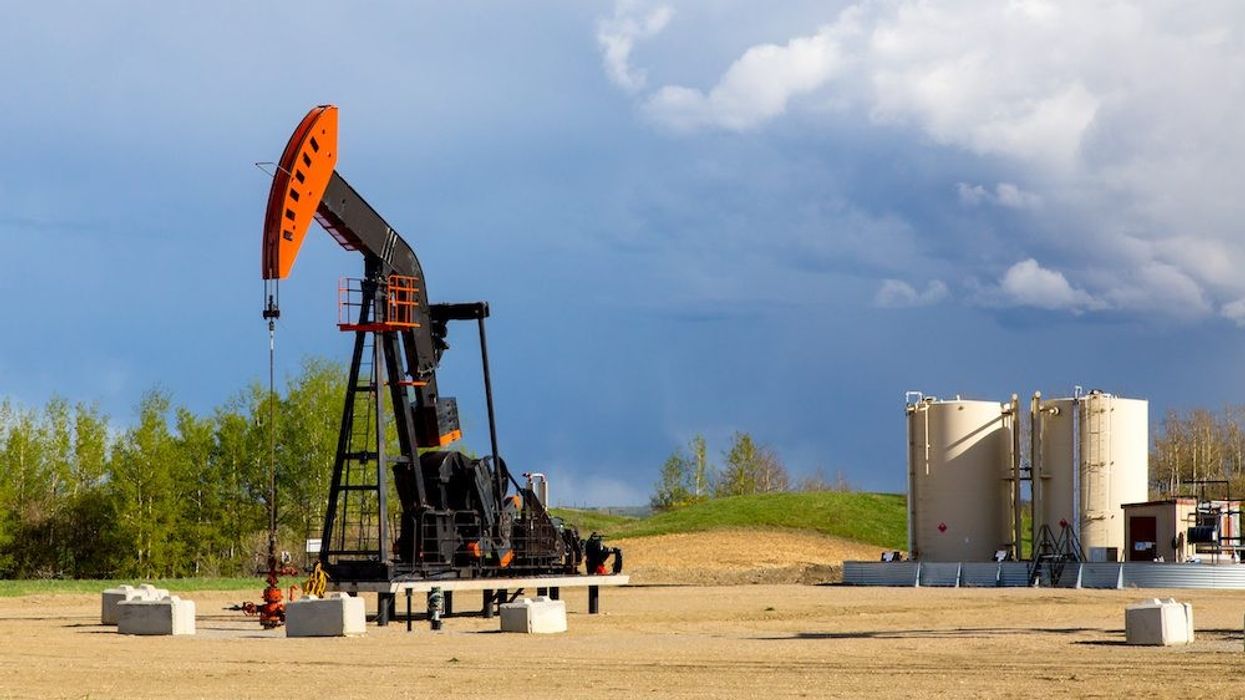Despite predictions from some economists that the Canadian economy would shrink in July, the country's GDP continued to grow, albeit by just 0.1%.
The unexpected growth was in large part thanks to a 0.5% increase in goods-producing industries like oil, gas, and agriculture, which offset the decline seen in service-producing sectors. This marked the first decline seen in service sectors seen since January, which experienced a boom as pandemic restrictions lifted.
In a report released on Thursday, Statistics Canada revealed strong growth in oil sands extraction, jumping up 5.1% amidst an increase in the production of synthetic oil and record-level production of bitumen in Alberta. Meanwhile, agriculture, forestry, fishing, and hunting saw a 3.2% bump.
"With all of the negative economic news out there, it was nice to get an upside surprise in today’s expectations-beating real GDP release," Desjardins Senior Director of Canadian Economics Randall Bartlett wrote in a release. "But it’s best not to get too excited. Nearly half of major industries saw declines in July. Notably, those services that benefitted most from reopening tailwinds, such as accommodation and food services, led the charge lower in the month."
Indeed, the accommodation and food services sector contracted for the first time since January, shrinking by 1%. This was largely driven by a 1.6% drop in food services, and was tempered by 0.7% growth in the accommodation subsector. But as Statistics Canada notes, July's accommodation growth rate was the slowest the country has seen in the past six months.
The manufacturing sector saw a 0.5% decline, mainly due to a 1.5% drop in the manufacturing of durable goods. Wholesale trade also fell, shrinking by 0.7% as the industry saw a pull back in textile, clothing, and footwear wholesaling.
The retail trade sector saw a notable 1.9% decline, bringing it to the lowest level seen since December 2021. Gas stations led the drop, with their output falling 7.1% in July.
The real estate industry remained relatively unchanged, though activity at agent and broker offices was down 3.4%, marking the fifth consecutive month of declines.
Although the overall GDP growth was a welcomed surprise, Bartlett cautions that continually slowing economic gains further supports predictions of another 0.5% rate increase from the Bank of Canada next month.
"Today’s upside surprise in July real GDP growth helped to solidify our tracking for Q3 real GDP growth at around 1% annualized," Bartlett wrote. "This firms up our view that the Bank of Canada will hike by an additional 50 bps at its October meeting. However, at 1%, this is half the pace of Q3 real GDP growth forecasted by the Bank of Canada in its July 2022 Monetary Policy Report and a third of the pace seen in the first half of the year. So, make no mistake – the Canadian economy is slowing, and a prolonged pause in rate hikes after Q4 remains likely."





















